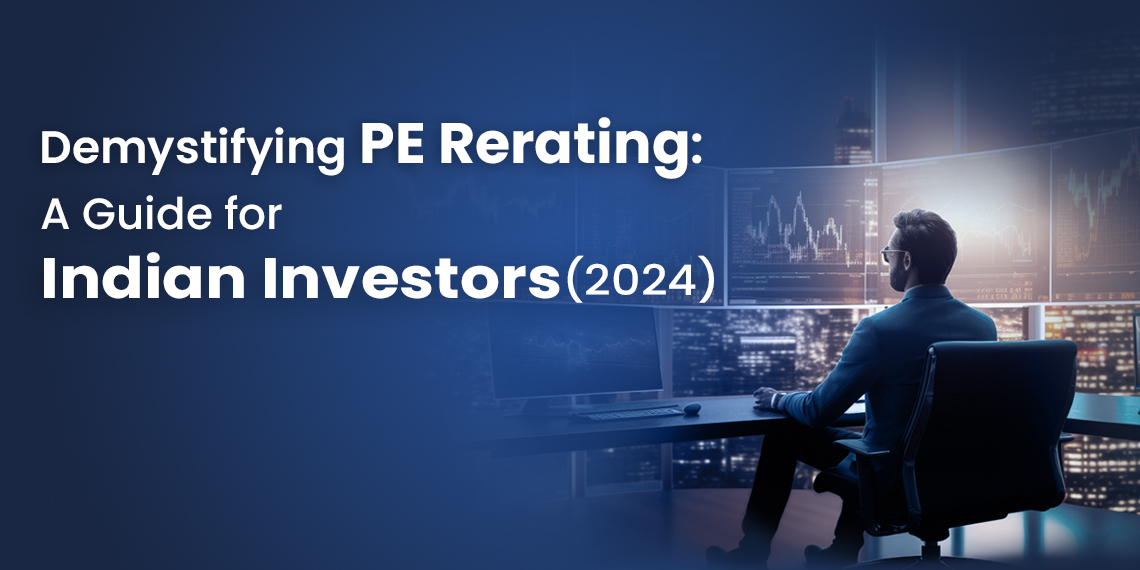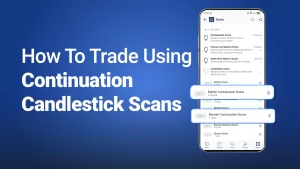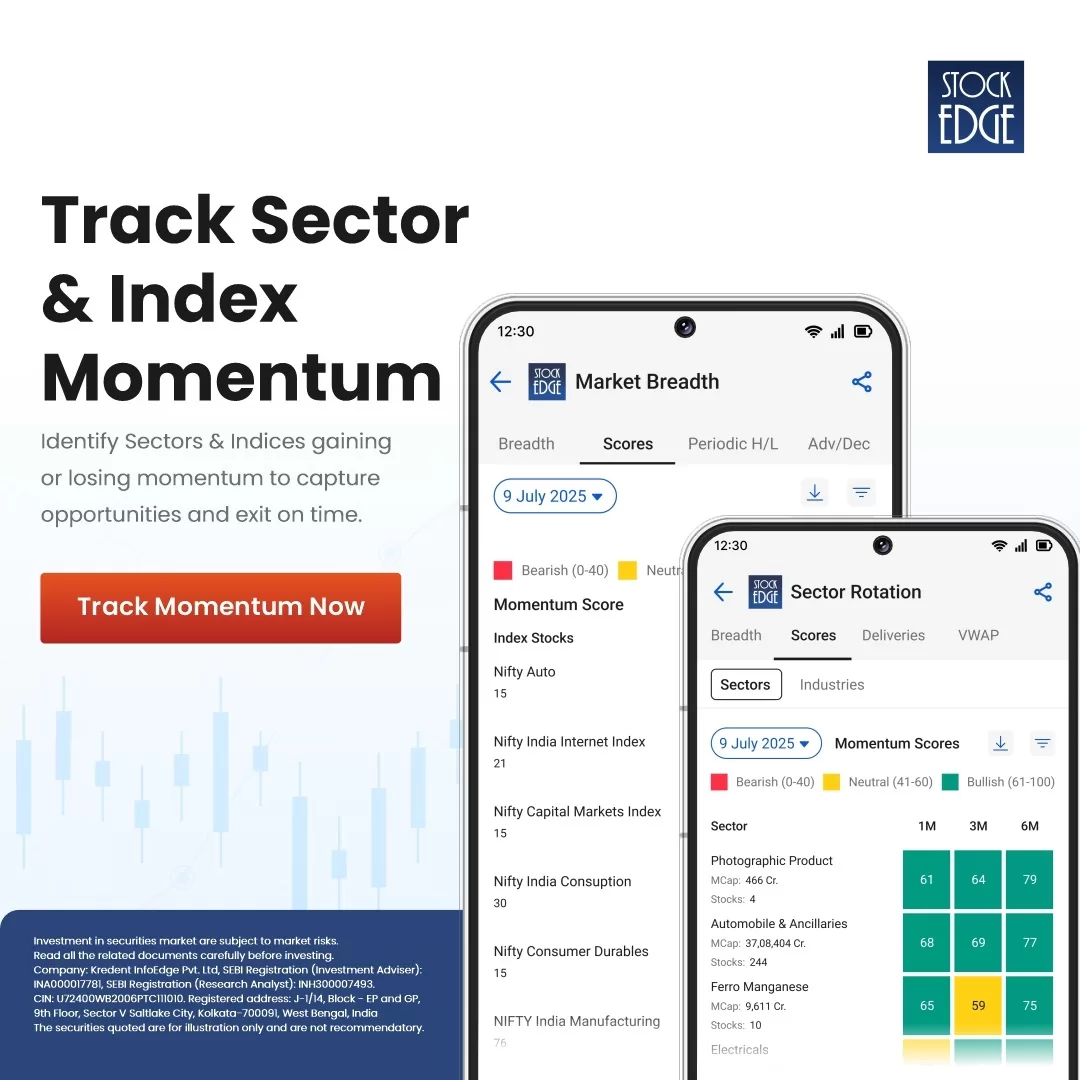Table of Contents
PE Rerating- Last week, while looking for a hot commercial property in Bengaluru, I came across two properties. Both were 1500 square feet in the same area. One property was selling for 40 Lakhs while the other one was selling for 60 Lakhs.
Which one to buy? Hmm. It doesn’t isn’t like a difficult decision, right? Most of you would suggest I go for the first one or the 40 Lakhs property. But here was a catch!
The 60 Lakhs worth property had a basement parking space, due to which the expected rent would be 8 Lakh a year, while the 40 Lakh property, due to no nearby parking lot, will be able to muster an annual rental income of 4 Lakh. Now, which property should I go for?
This required a little math. For generating Re 1 of yearly rent, I am paying INR 7.5 in the costlier property (60/8 = 7.5), whereas it’s 10 for the cheaper one. Therefore, I am getting more rent per rupee spent on the 60 Lakh property, even though it is the more expensive of the two.
Now, what did I do here? I just explained to you a very important valuation matrix of the equity markets, the PE (Price to Earnings multiple). In my story, 60 Lakh was the price, and 8 Lakh rental was the earnings from the property. Hence, 7.5x was the PE multiple. Similarly, when you apply the same concept in the market, you will be taking the share price (or market cap) as the price and the Earnings per share (or Profit after Tax) as the earnings, and you can calculate the PE ratio easily.
Table of Contents
By using StockEdge you can find out the PE multiple. Let’s look at the PE multiple of NTPC on StockEdge. Its PE ratio stands at 19.67x.
Valuation of Stocks
When you buy vegetables, do you ask the seller for the price or pick it up without enquiring about it? Don’t you look at different stalls before making a purchase in a vegetable market? Why do we do such an activity? In simple terms, we evaluate the vegetables by performing a comparative analysis. It helps us to judge whether we are paying a fair price for the vegetable or not.
When an activity as simple as vegetable purchasing requires valuation, how can we think of buying stocks, which are basically an investment we are making for 5-10 years, without valuation? Therefore, valuation is the basic criteria of fundamental analysis, which needs to be done irrespective of the time horizon of the investment.
Stock valuation can be done using various methods; however, the most common ones are Discounted Cash Flow Analysis and Relative Valuation Techniques.
Price to Earnings (PE) is a type of relative valuation interpreted as the times at which the prices of a stock are trading with respect to its earnings or net profit. PE is measured in times earnings. Investors can make sense of the current price of the stock by comparing it with its last 12 months of earnings. The PE ratio can be compared with the company’s peers in the market to judge its attractiveness on relative terms.
For e.g., Tata Motors is currently trading at a PE multiple of 17.40x, whereas the Auto Industry PE stands at 19.08x. This indicates that Tata Motors is trading at a cheaper valuation than its peers in the same industry.
Similarly, PE is also valued at individual stock level by comparing it with average PE over the last 5-10 years. Let’s look at the last 10-year PE ratio of Marico Ltd.
The 10-year average PE of Marico is at 39.98x which is lower than the current PE of 47.53x, which means that Marico is trading at a premium valuation compared to the past PE averages.
Now, the question arises which type of comparison should be used? Well, it depends on the industry structure. If the industry is as boring as FMCG, where no significant changes have happened at the industry level, the stock PE will be determined by the absolute performance of the company, and hence, its valuation should be compared with its own. However, when it is a dynamic industry like automobiles, where a lot of new inventions like hybrids, EVs, etc. are taking place, a relative comparison with the industry is justified. This is because there is a higher chance that the entire sector would be related due to industry-level changes.
Let’s now understand what PE rerating means.
PE Rerating and its Impact
Change in Stock Price = Change in Earnings * Change in PE Ratio
Suppose a company is currently earning INR 50 per share and trades at a PE of 10x (trading at a price of 500). The company witnessed an increase in earnings by 10%, and PE rose to 12x; what is the new price of the company?
The new earnings of the company would be INR 55 and multiplying it with the new PE of 12x, gives us the new price of 660. The price therefore has increased by 32%.
The following are possible determinants of change in PE ratio-
- Momentum in earning change: A company that is able to grow its earnings at a rate faster than expected might witness a positive change in the PE ratio and vice-versa. For eg, PIX Transmission saw its earnings per share rise from 23 to 78 in 5-years. Look at its PE rating.
Source: screener. in
- Sector wide change: It might so happen that due to a positive development in a sector, all the companies in the sector get to a higher PE multiple and vice-versa. This was seen in 2022, when due to China lockdown and environment control policies, the entire Chemical and Agro Chemical sector in India got a higher PE. For eg, look at the PE rerating of Tata Chemicals during 2021-22.
Source: screener.in
- Reversal to Mean: This is a market phenomenon wherein a company’s PE is expected to return to its long-term mean with time. Suppose a company is trading at a PE lower than its long-term average; we might see that in the future, the PE would increase and vice-versa. For example, the 5-year median PE of Nestle Ltd. is 80x. Over the last 5-years, the stock has numerous times gone above and below the 80x levels and retraced back. This is called – reversion to mean.
Source: screener.in
- Company-specific development: When HDFC Bank merged with HDFC Ltd, due to operational difficulty, the PE ratio of the stock was downgraded. Similarly, when ITC announced its plan to demerge the hotel business, it saw increased investor interest and its PE was upgraded. For, e.g., look at the PE de-rating of HDFC Bank after the announcement of the merger.
This upgrade in PE is called re-ratings. On the other hand, a downgrade in PE is called de-rating.
How to use the PE Ratio
Well, there are four methods to interpret this multiple
- You may compare the PE ratio of a company with its historical average. We do this because investors hypothesize that everything reverts back to the mean, whether it’s sales growth, profit margins, or even valuations.
Suppose we arbitrarily take a 5-year historical median of Marico’s PE ratio. Say the mean comes out to be 25x.
Now imagine a situation where the company is facing hardships and, therefore, is trading at a lower PE of, say, 15x. Therefore, if you feel that the company will be able to regain its shine back, you would be a buyer in the stock.
Similarly, say there was a raging bull market in the economy and the PE ratio of Marico shot to 50x. If you feel that nothing material has changed in the company, you would be a seller in the stock.
- The second way to make a buy or sell decision via PE multiple may be to compare it with the like-to-like competitors. Now, comparison may be with companies from the same sector or from other sectors too. Don’t be surprised here. Would you be comparing Apple with Microsoft? Both are tech companies; however, their business models and revenue drivers are entirely different. For such niche companies you need to sort out companies from even different sectors to make them comparable.
Just to give you a sense, I would rather compare Apple’s PE with the PE of Ferrari. Why because both of these companies are not tech and auto companies respectively, but are an exclusive club. They are selling way too expensive products that are affordable to only a particular set of consumers and they are happy doing it.
- The other method may be to compare the PE ratio of the company to the entire market. For example, you may compare the PE ratio of Tata Motors with that of Sensex and state that it is overvalued if trading at a higher PE than Sensex and undervalued if trading at a lower PE than Sensex.
- You can also make sense of PE ratio as an absolute basis. In this case, we’ll invert the multiple as earnings by price, which is also called the earning yield.
For example, if the PE ratio of a company is 20x, we would do a
- 1/20 = 0.05
- 0.05 * 100 = 5%
Therefore, the company is providing an earnings yield of 5%.
This interpretation is based on the analogy that stocks are a bond with rising interest yields. So, say if HUL is providing an earnings yield of 2%, we can assume that we are buying a bond which is providing an interest yield of 2% today. However, as the net profits of HUL grows, i.e. the numerator E of the E/P is growing, the earnings yield would rise, since our cost or P is constant.
It’s a good analogy to justify the price of stocks you buy. Say my return requirement is 7%, therefore, I would look at a company with a PE of 1/7, i.e. at max 14.28x, not more.
Drivers of PE ratio
Remember, every multiple has a variable attached to it. Let’s see how the PE ratio was derived.
We derive the PE ratio from intrinsic valuation itself. How?
Well do you know the dividend discount model?
Lets see the formula
Here we have expected dividend, divided by the difference of required return and growth giving us the price of the company.
For PE ratio we divide both sides by E or EPS. (Dividend/EPS = Payout Ratio)
Therefore, the PE ratio would equate to the next year’s payout ratio divided by difference between required return and growth rate.
Therefore, I can see three variables on which the PE ratio is dependent
- Payout ratio
- Growth rate
- Required return or risk of the company
So, for a company with higher payout ratio, that is, which is able to provide the maximum portion of profits as dividend and has low re-investment needs, will have a higher PE ratio.
Similarly, a company with a higher growth rate will have a higher PE ratio.
A company with lower risk and hence a lower required rate of return will have a higher PE ratio.
In essence we desire for a company with low reinvestment needs, higher growth rates and lower risk and if we find such companies, we can give them a higher PE multiple than the markets.
So, now you realize why many efficient companies like HUL and Nestle are getting such high PE ratios!
Stock Analysis
Let’s look at some of the stocks which have witnessed a PE rerating and derating and find out the reason for the same.
Indigo Paints
The PE ratio of Indigo Paints has declined since its listing in June 2021. See the chart.
Source: Screener.in
The reduction in PE can be due to two reasons:
- The headwinds for the company or the industry induced a PE de-rating. None like that is visible in the paints industry.
- When the earnings of the company rise – as in the case of Indigo Paints. The net profit of the company has risen from 47.8 crores in 2020 to 144 crores in 2023. Various tailwinds in the Indian economy like rise in construction and discretionary income of the households, led to rise in demand of the company’s products.
Hence it can be said that the company’s PE de-rating was due to a rise in earnings rather than any significant headwind faced by the company.
The company is currently trading at a PE of 46x lower than the median PE of 60x and industry PE of 46x. The company seems to be fairly valued, given high supply in the paints industry with the launch of paints segment by Grasim and rise in the prices of crude oil (which is the main raw material for the paint industry).
KEI Industries
Let’s look at a cable manufacturing company – KEI Industries and watch the story of its PE rerating.
Source: Screener.in
KEI industries stock was trading at a fair PE valuation of 10-20x during the years 2014-2020. However, what happened post 2020, that the company PE got massively rerated to 60x?
The company has been a consistent growing engine, look at its sales growth:
The company had been consistently growing its sales. Pre-COVID was not a very good time for cable operators; however, post–COVID, with a thrust in the real estate sector and infrastructure investments, cable operators like KEI Industries could grow their revenues faster and generate more profitability.
This was the reason for the massive PE rerating in the stock of KEI industries.
PSU Stock Analysis
PSU stocks in the last 1-year have seen a massive rally, with the S&P BSE PSU Index giving a return of 87% last year. PSU were trading at a very low valuation, however, there was a PE rerating. Why?
As investors saw the government’s focus on infrastructure and reviving the PSUs struggling with legacy issues, they once again saw an opportunity to make money in PSU stocks, similar to the 2008-09 PSU stock rally.
Look at the PE rerating of the following PSU stocks
Cochin Shipyard
Source: Screener.in
RITES
Source: Screener.in
Container Corporation
Source: Screener.in
The histogram bars in the above charts indicate the EPS. If you notice there has not been a significant jump in the EPS of these companies? Then why did the PE rerating happen?
Well, PE rerating is also a phenomenon that depends on the investor psychology. A trending market on the expectation of higher earnings got investors excited towards PSU sectors. However, this sector has still not witnessed a massive earnings growth as was seen in some of the private manufacturing companies.
Hence investing in PSU stocks at such high valuations post PE rerating without significant earnings growth is not advisable.
Identifying Investment Opportunities
StockEdge provides you a host of predefined scans that can help you locate companies with very low to very high PE. A company which is trading at a very low PE has scope for PE rerating. On the other hand, a company trading at a very high PE, has scope of PE derating. Similarly, companies trading at a PE lower than the industry have scope for PE rerating and vice versa.
This is a list of companies with very high PE:
Conclusion
With this blog we have tried to explain the PE ratio in a very detailed manner. The derivation of PE ratio will help you understand the important drivers of PE rerating, namely the payout ratio, growth rate and risk of the company.
We have also learnt that PE rerating has a very important role to play in deciding the stock returns of an investor. Hence understanding the determinant of PE ratio is a very important aspect of fundamental analysis.











